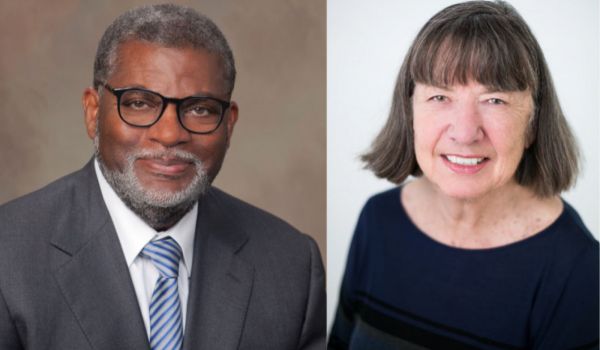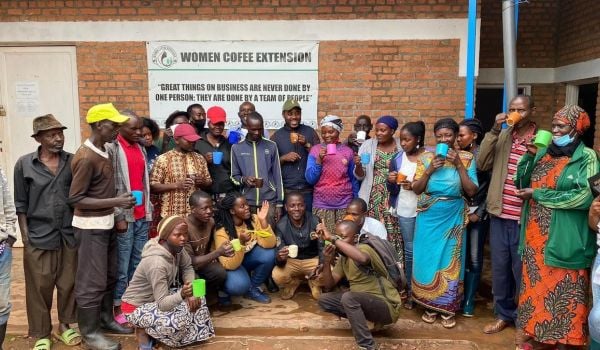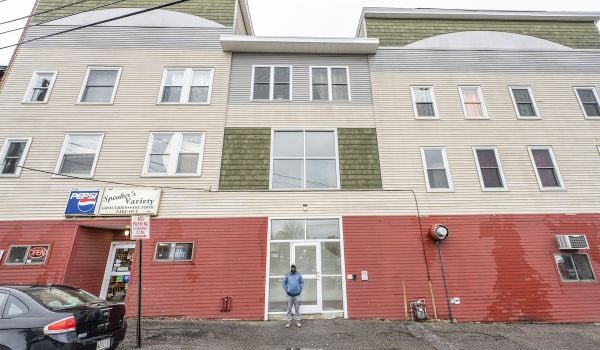Foundations Are Diversifying Their Investment Managers
Foundations are trying to increase diversity, starting with the firms that manage their assets. The Nathan Cummings Foundation announced in a press release this month that Black-owned asset-management firms Bivium Capital and WestFuller Advisors will manage its endowment from now on.
Separately, the MacArthur Foundation pledged to have at least 20% of its assets invested with firms led by people of color and/or women by 2024, according to a statement released last week.
As our senior economics correspondent Oscar Perry Abello reports, foundations represent more than $1 trillion in invested assets in America, but are required to spend only 5% per year. The majority of their assets are invested in stocks, bonds and other investments. The returns are then used to fund the foundation’s grantmaking. Many critics have found this model harmful and sometimes hypocritical.
“A foundation that grants money to groups pushing for criminal justice reform might also invest in private prisons. Another foundation funding scientific research into more efficient and affordable renewable energy technology might also invest in fossil fuels. A foundation funding tenant organizing on the grants side might also have investments in real estate where property managers routinely harass or evict tenants,” writes Abello.
The lack of representation in wealth management is striking, as Abello reported back in 2019. Out of $70 trillion managed by asset management firms registered in the U.S., less than one percent are managed by firms led by women or people of color. Diverse investment managers often put money into investments that white managers don’t, which can add balance to an investment portfolio, the Chronicle of Philanthropy reports. By having a more diverse management team, foundations also have the opportunity to create wealth among finance professionals who have faced barriers to succeed.
Beyond hiring more diverse asset managers, some private foundations have acknowledged the problematic model and have started to divest from projects that do not align with their grantmaking missions. The MacArthur foundation, for example, is divesting from fossil fuel and investing in climate-friendly solutions.
Report Shows Low-Wage Workers Are Disproportionately Denied Paid Sick Days and Family Leave During the Pandemic
While 77% of private industry workers receive paid sick days at work, only one-third of the lowest paid workers receive paid sick leave, the Economic Policy Institute reports.
Access to paid sick days varies by wages, with the highest paid workers significantly more likely to have paid sick leave. Access also varies across the country. Only 67% of workers in East South Central states (Alabama, Mississippi, Kentucky, and Tennessee) have paid sick leave while 95% of workers from Pacific states (California, Oregon, and Washington) have them.
The statistics on paid family leave are more striking. Only 23% of private industry workers had access to paid family leave. Even in the top earning category, only 37% of workers have access to paid family leave. Paid family leave is only available to about 12% of workers in the lowest wage category.
Changes to the Paycheck Protection Program Increased Lending for Underserved Businesses
About 42% of loans issued by the Small Business Administration (SBA)’s Paycheck Protection Program in Phase 1 went to “small businesses” that employ 10-499 workers, which only accounts for 4% of the small businesses in America. To address this problem, Phase 2 admitted about 600 new lenders, including non-banks and Community Development Financial Institutions. Now, a U.S. Government Accountability Office (GAO) report finds that these changes led to a significant shift in the types of businesses that received loans; by the time the Paycheck Protection Program closed in June, small businesses with fewer than 10 employees had received more than 80% of the PPP loans in Phase 3, comparing to only 9% in Phase 1.
Our senior economics correspondent Oscar Perry Abello reported last year that Phase 1 and 2 of PPP did not prioritize underserved and rural markets as directed. He found that states where community banks have a higher market share of deposits had also seen the most PPP loans relative to their population size. However, community banks have dramatically disappeared in the past 30 years. With big banks less incentivized to lend to small businesses, small business owners weren’t getting the PPP loans the CARES Act legislation intended for them.
Even though the lending to businesses with fewer than 10 employees jumped in phase three, it’s still disproportionately low to their representation in the overall small business community.
Editor’s note: We’ve corrected the Nathan Cummings item to reflect that two separate firms will be managing its endowment.
This article is part of The Bottom Line, a series exploring scalable solutions for problems related to affordability, inclusive economic growth and access to capital. Click here to subscribe to our Bottom Line newsletter.


















